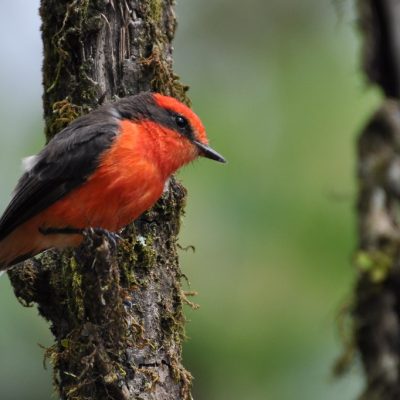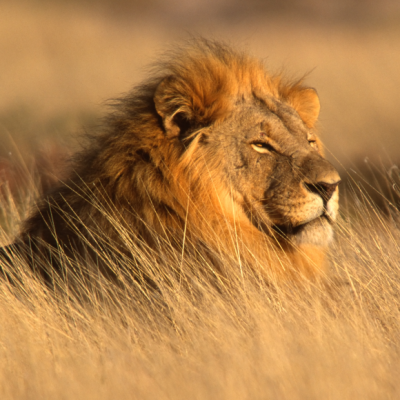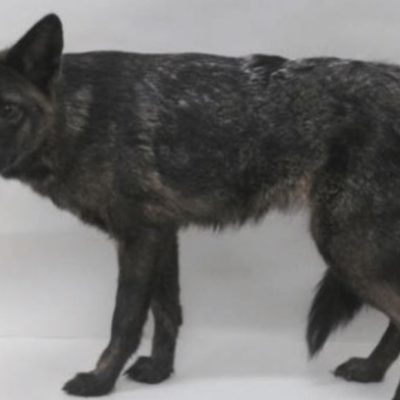Kenya Wildlife Service (KWS) has released updated population figures for various mammal and bird species, indicating a recovery of most wildlife populations. The majority of savannah animals have seen a significant increase in numbers, according to the state-run organisation responsible for preserving national parks. Despite a lack of income from nature tourism during the Covid-19 pandemic, Kenya has played a crucial role in preserving the so-called Megafauna. The number of elephants in Kenya has increased by 12% since 2014, in contrast to most other African countries where elephant populations have declined. The KWS estimates that there are now over 36,000 elephants in Africa, up from a significantly higher number that was decimated by illegal poaching.
Kenya’s rhino population has also increased by 11% since 2014, with over 1,700 black and white rhinos now living in the country’s savannah. This is in contrast to other African countries where rhino populations have continued to decline due to illegal hunting for their horns. The KWS attributes the success of Kenya’s conservation efforts to intensified protection measures in local national parks. The number of giraffes in Kenya has also increased from 23,000 to over 34,000 in just seven years, although authorities caution that this rapid increase may be partly due to changes in counting methods.
While there is cause for celebration, some antelope species in Kenya remain a cause for concern. The Eastern Bongo and Eastern Roan Antelope are both endangered, with only 150 and 3,000 individuals respectively. However, the Hirola antelope has seen a significant increase in numbers in recent years due to conservation efforts. Overall, the updated population figures demonstrate Kenya’s success in preserving its wildlife populations, despite the challenges posed by the Covid-19 pandemic.










